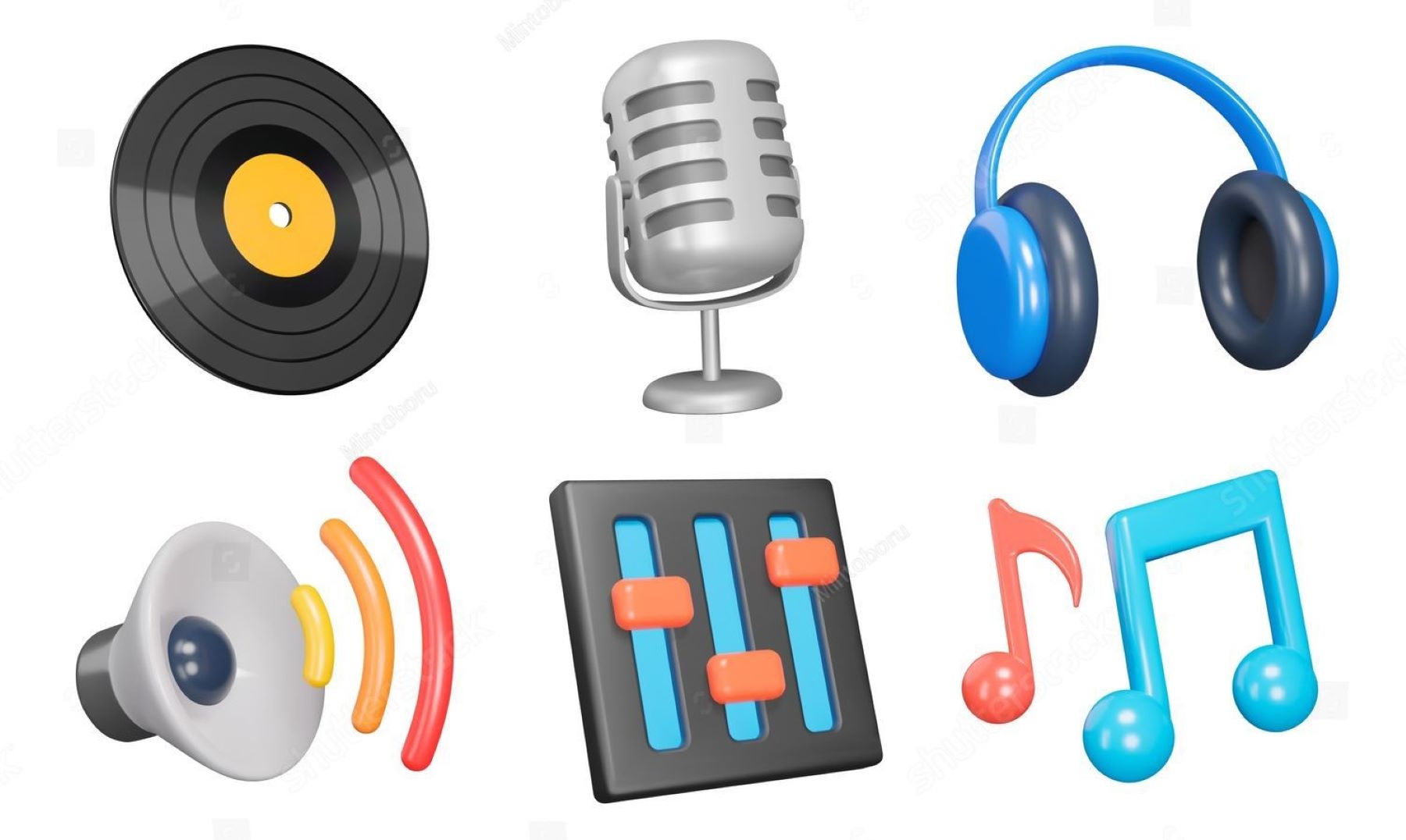
Glenn Fosbraey, Associate Dean of Humanities and Social Sciences at the University of Winchester, who also runs the University's record label 'Splendid Fred Records', offers four tips for finding music which will help you to regain your autonomy, try new things, and avoid getting stuck in an algorithmic loop.
One of the positive things about modern media is that artists can now get their music into the world without having to first impress industry executives. The downside, though, is that with pretty much everything available at the click of a button, we are faced with an overwhelming burden of choice.
In your 20s and 30s, when you’re still discovering and defining your music taste, this can leave you feeling paralysed by the indecision of what to listen to, and prevent you from developing a taste that’s uniquely yours.
That’s why so many of us rely on the algorithms built into our favourite streaming services, like Spotify or Apple Music, to decide for us. We allow these platforms to create playlists or make recommendations for us, which may prevent us from being overwhelmed with choice – but also means we’re becoming more and more disengaged with actually choosing what we listen to.
Most recommendation systems are built on the historical data of their users. By design, they mostly reinforce or support the preferences we already have. This means that by relying on algorithms, we become less adventurous in our listening.
There’s also what machine-learning researcher Arya Mohan calls “the cold start problem”, where new songs fail to get recommended due to a lack of listening data, which leads to popular songs monopolising algorithm recommendations.
Here are four ways that you can regain your autonomy, try new things and avoid getting stuck in an algorithmic loop.
Although listening to radio shows involves being fed whatever is deemed worthy of rotation at the time, the playlist is, at least, curated by humans rather than bots.
There’s also the tantalising prospect of joining a song midway through, without any knowledge of who’s performing it. That way you engage with the music itself and are forced to listen to the end if you want to know the artist’s identity. This is possible with algorithm-produced playlists too, of course, but the temptation is always there to steal a glance at your phone or laptop to see whose song it is.
Reading music reviews, either in magazines and newspapers or online, can be a great way to discover new material. Although the time-sensitive nature of critiquing music does sometimes produce rushed opinions.
You’ll know you’re reading a reliable source if the reviewer is making reference to specific aspects of an album, such as lyrical or music passages. If they’re writing in broad strokes about general sound, theme or production, it’s likely they haven’t had the time to give it a real chance.
Depending on what kind of person you are, if there’s a “must listen” artist, album, or song that’s sweeping through your group chat, it might go two ways.
One: you’ll listen straight away in the hope of sharing the exuberance. Or two: you’ll set your stubborn-ometer to max and reject it without even hearing a single note.
Having done both at various times over the years, I would recommend putting your faith in a couple of friends whose musical judgment you trust and tuning out the rest.
We’re told from an early age never to judge a book by its cover, but as some album art is important enough to be considered a key piece of the overall musical puzzle, a wander down the aisles of a music shop (if you can still find one) can be great for letting your eyes choose your next listen.
I’ve written previously about how expensive hard copy music can be, but for every over-priced vinyl, there’s a bargain bin to rummage through, so let your wallet have a say in your next listen, too.
Having music in a tangible format, whether vinyl, CD or cassette, forces you to become more active in the listening process because you actually have to do something beyond clicking or scrolling. This in turn may lead to a deeper and more contemplative connection with the music you listen to.
With the sheer convenience of their endless “for you”, and “have you tried?” playlists, it’s no wonder streaming services are dominating the way we consume music. But if you can be bold enough to seize back control of what you listen to, it’s well worth the inconvenience.
This article was first published in The Conversation. See more University of Winchester contributions at our TC homepage
Back to media centre